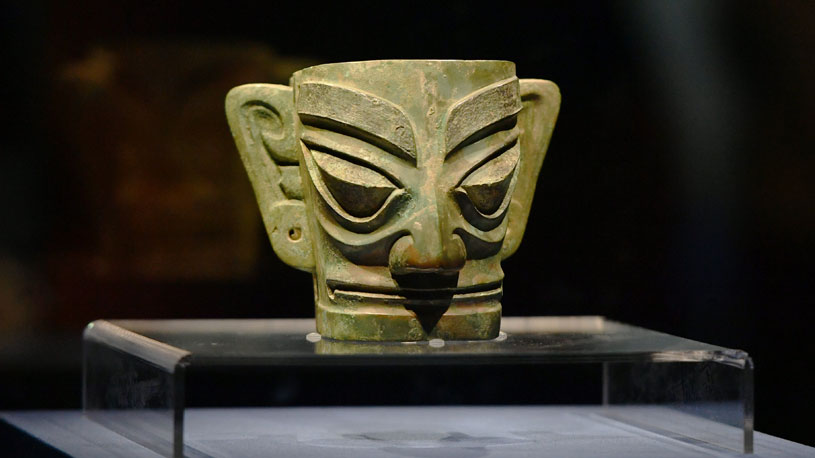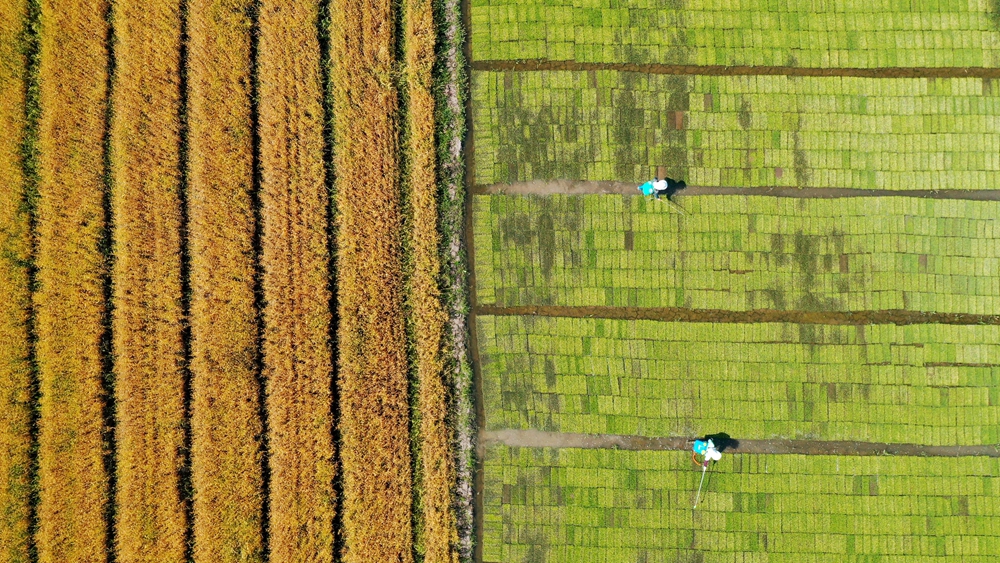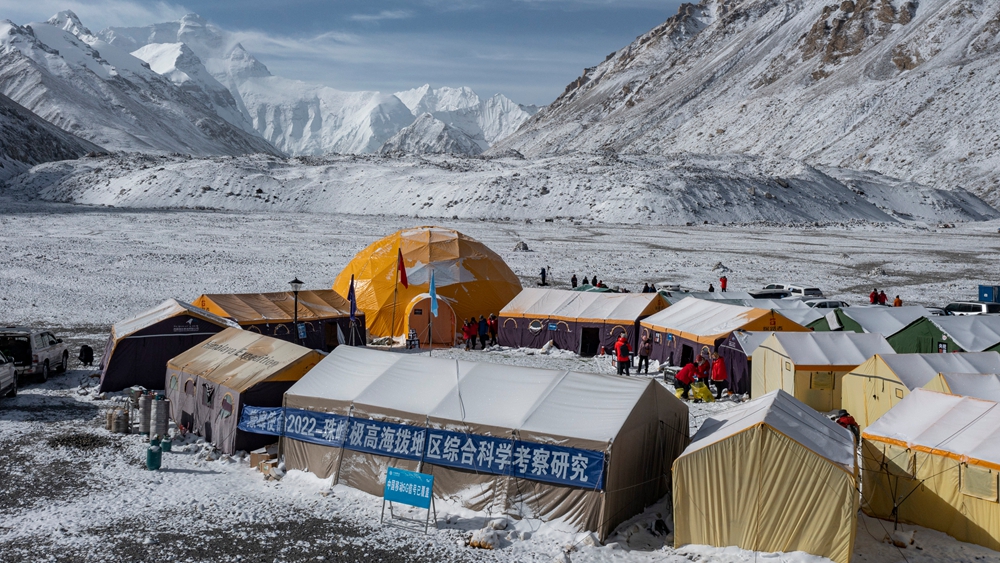*Without the help of Shandong Forest & Grass Germplasm Resources Center, Sorbus taishanensis, a tree species unique to Taishan Mountain, would have died out.
*As the genes of most plants are contained in their seeds, germplasm resources have become the carriers of plants' genetic information.
*A seed bank serves as the most important facility for preserving such resources.
JINAN, May 15 (Xinhua) -- Imagine a kind of plant with only one crop left in the wild, how could it survive an unpredictable environment? Chinese researchers have presented a means of survival via germplasm conservation and artificial propagation.
Without the help of Shandong Forest & Grass Germplasm Resources Center, Sorbus taishanensis, a tree species unique to Taishan Mountain, a popular UNESCO World Heritage site in east China's Shandong Province, would have died out.
The Sorbus taishanensis used to live at the edge of cliffs with an attitude of over 1,000 meters in the warm temperate area. It was first discovered by a Chinese scientist in the 1980s. At the end of 2011, only one single plant survived in the wild due to various factors such as climate change.
In order to rescue this plant, researchers from Shandong Forest & Grass Germplasm Resources Center collected its seeds and initiated a series of studies in the lab. "We managed to breed dozens of new crops in recent years, and 17 of them have returned to the wild," said Xie Xiaoman, deputy director of the center.
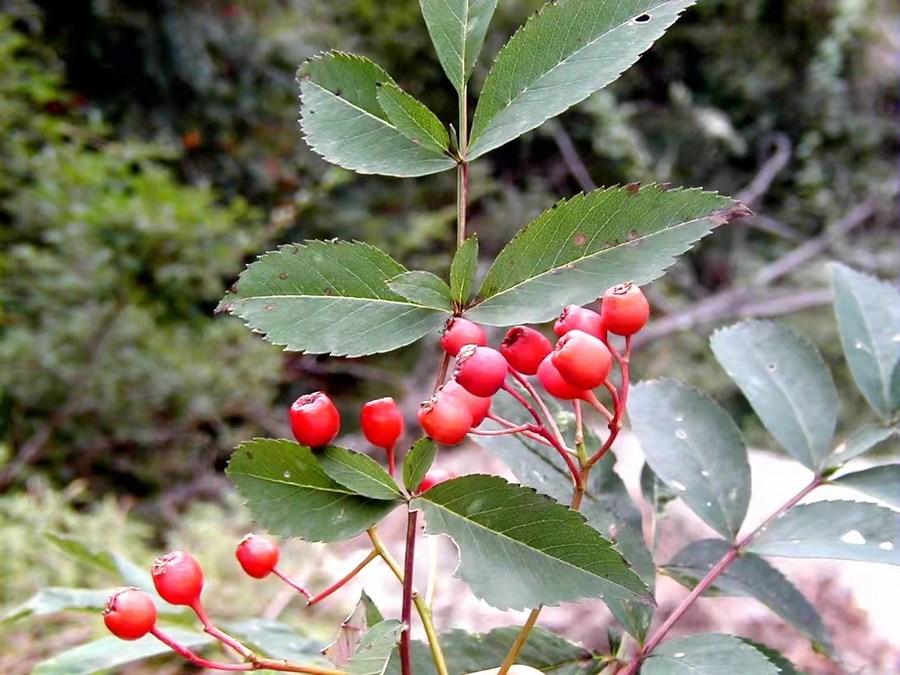
Undated file photo shows Sorbus taishanensis, a tree species unique to Taishan Mountain, in east China's Shandong Province. (Xinhua)
In the past, the overdevelopment of coastal areas in east China once threatened the survival of rosa rugosa and the ecological balance of coastal areas.
Chinese researchers decided to find a new home for the roses and preserve their germplasm resources. A number of plants have been transferred to the center in Jinan City, capital of Shandong. Another batch arrived in a mountain in the province's coastal city Yantai.
To rescue endangered plants, the center has organized 29 seed-collecting teams whose members have traveled 145,000 km to various places including the warm temperate zone. So far, over 20,000 portions of seeds have been preserved in the center, Xie said.
Shandong has also established scientific research platforms to study the genetic diversity of plant species in the warm temperate zone. Scientists removed the breeding bottleneck of 84 rare and endangered wild plants from 2016 to 2020.
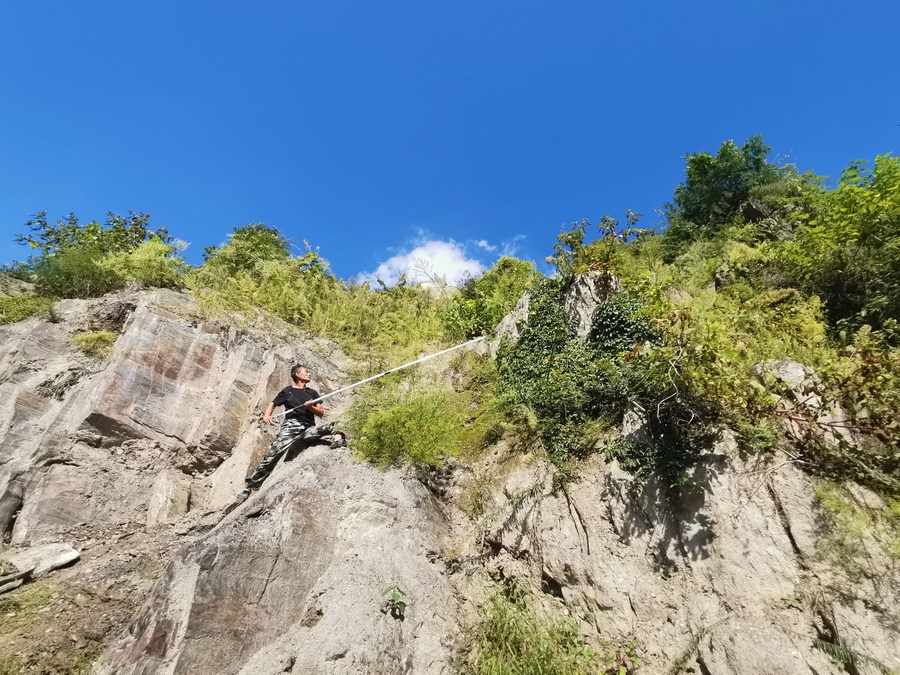
A researcher collects plant samples in the Qinling Mountains, northwest China's Shaanxi Province, in September 2021. (Xinhua)
As the genes of most plants are contained in their seeds, germplasm resources have become the carriers of plants' genetic information. A seed bank serves as the most important facility for preserving such resources.
Although summer is drawing near, researchers of the center have to wear thick clothes to carry out their work, sorting seeds collected from across the country. The long-term conservation of a seed is a complex procedure, at the end of which the seed will be stored at minus 20 degrees Celsius.
At least 5,000 seeds will be collected and preserved for each plant. Researchers will test the vitality of the seeds every one or two years and supplement new seeds in a timely manner, Xie said.
"Our knowledge of existing species is still quite limited, but how about the future?" said Li Wenqing, head of the center. "The potential value of the species may be decrypted in the future and have a positive impact. We need to preserve as many kinds of species as possible, especially endangered and precious ones."
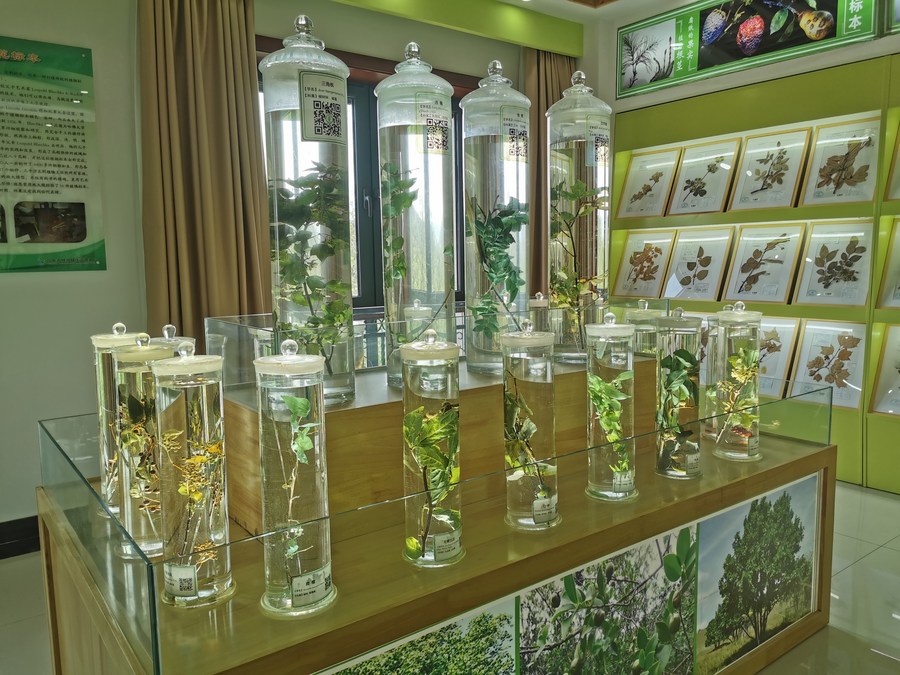
Photo taken on April 21, 2022 shows samples at Shandong Forest & Grass Germplasm Resources Center in Jinan, capital of east China's Shandong Province. (Xinhua/Feng Yuanyuan)
Biodiversity is the foundation of human survival, which is closely related to human well-being, said Cui Shuhong, an official with the Ministry of Ecology and Environment.
According to statistics, more than 3 billion people in the world make their living by marine and coastal biodiversity, while over 1.6 billion do so by the forest and non-timber forest products.
"In terms of biodiversity, all need to engage, and everybody counts," Cui said.
(Reporting by Zhang Wuyue, Shao Kun, Sun Xiaohui and Wu Shuguang; Video reporters: Feng Yuanyuan, Zhu Xiaoguang and Shao Jinchen; Video editors: Li Ziwei, Zhu Jianhui and Ming Dajun) ■

